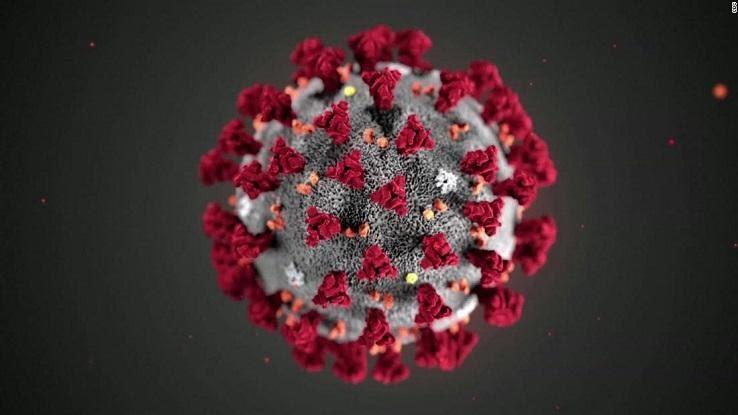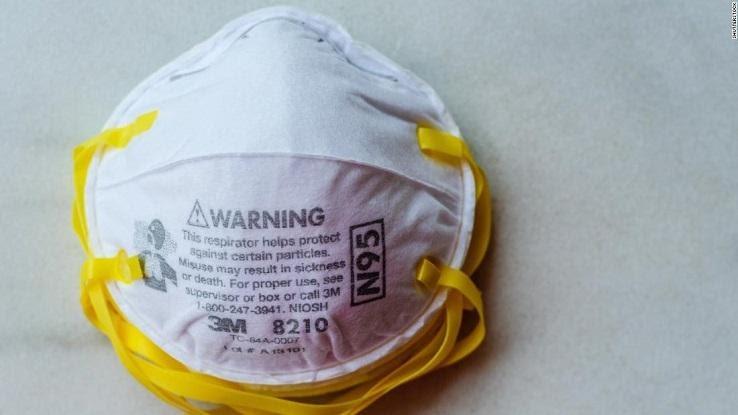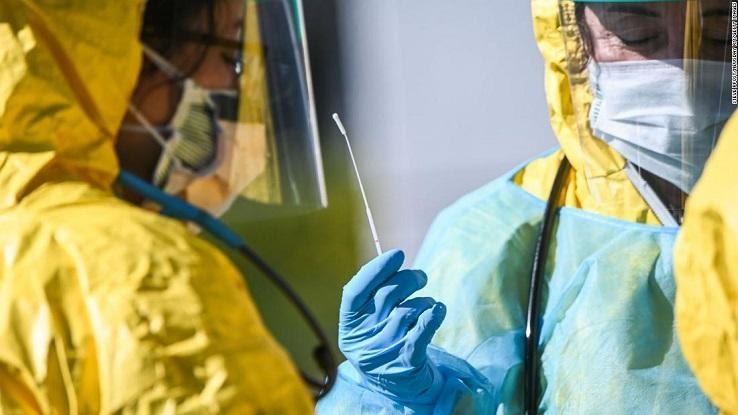
Ready for a big surprise? Coronaviruses are actually nothing new. Many different types of coronaviruses exist, some of which are associated with the common cold. However, in December 2019, a new type of coronavirus was first documented in Wuhan, China. This new — which explains the term “novel” — type of coronavirus was classified with the name COVID-19 to differentiate it from other types of coronaviruses. It spread quickly from continent to continent and country to country and was classified as a pandemic by the World Health Organization (WHO).
Currently, no vaccine exists for COVID-19, and the virus spreads easily from person-to-person and by touching a surface that an infected person touched. Because the virus spreads so easily, many people are concerned and want to know how to protect themselves and their families. Here’s what you need to know to prevent the spread of this virulent strain of coronavirus by taking the right steps to protect yourself and others.
How Does Coronavirus Spread?
Coronavirus is spread mainly via person-to-person contact. The Centers for Disease Control and Prevention (CDC) suggests that people maintain social distancing protocols, which means remaining at a distance of at least 6 feet apart when out in public. This provides a buffer zone if an infected person coughs or sneezes. If people are close together, the respiratory droplets produced from coughing and sneezing hover in the air and are breathed in by those nearby.

When infected droplets are inhaled or get in the noses and mouths of others, it spreads the infection to those people. This is the main reason coronavirus is so contagious. A study performed by the National Institute of Allergy and Infectious Diseases’ Laboratory of Virology in the Division of Intramural Research in Hamilton, Montana, found that coronavirus can linger in the air for up to three hours. However, it generally dissipates and falls more quickly.
Coronavirus can also live on surfaces for quite some time after an infected person touched the surface. Studies have shown that COVID-19 can linger for up to four hours on copper, up to 24 hours on cardboard and up to two to three days on stainless steel and plastic.
What Steps Can I Take to Stay Healthy?
There are several steps you can take to stay safe and healthy yourself as well as protect your family and society at large. One of the primary steps currently recommended by the CDC and WHO is practicing social distancing measures. This means you should only leave your house for essential reasons, such as buying groceries, going to the bank or going to an essential doctor’s appointment. If you do go out in public, stay at least 6 feet away from others as a precautionary measure.

Most states and localities have banned gatherings of more than 10 persons and have closed bars and restaurants temporarily. However, if they haven’t taken that step in your area, you should avoid those types of events or places. Even going to a friend’s house or visiting a relative could be dangerous. Symptoms of coronavirus can take up to 14 days to manifest, and many patients are only experiencing very mild symptoms or no symptoms at all, which could cause them to spread the disease without knowing it.
You could catch coronavirus very easily from someone who has a mild case and then develop a severe case yourself. It’s best to avoid all unnecessary contact with others. The obvious exceptions would be those you already live with and those you must encounter when you leave your home for essential reasons.
When you must shop, it’s wise to clean and sanitize items you bring home from the store. You should also wipe down bags and containers with takeout food. If you wear gloves to shop for groceries or to buy other essentials, keep in mind the factors of cross-contamination. If you touch your keys, steering wheel, car door, purse, wallet or other belongings after touching a potentially contaminated surface with your gloves, you could be contaminating that surface. As soon as you touch those items without your gloves, the germs pass to you.
Instead of wearing gloves, it’s a better idea to carry hand sanitizer or sanitizing wipes and frequently sanitize your hands while shopping. Then, as soon as possible, wash your hands with soap and water for 20 seconds. In fact, as soon as you return from a public place and have sanitized outside items, immediately wash your hands with soap and water for 20 seconds using proper handwashing techniques. Remove your shoes and any clothing that has touched public surfaces and wipe them down or wash them as well.
Clean and sanitize the most often used areas or surfaces in your home every day. This includes things like computer keyboards, remote controls and doorknobs. If you are low on regular cleaning supplies, visit the CDC website for tips on how to make your own with common ingredients you may already have at home.
In short, the best things to do are to practice social distancing measures and to wash your hands as often as possible.
What Are the Symptoms of Coronavirus?
It’s important to know what the symptoms of coronavirus are, so you know what to do if you feel sick. The most common symptoms of COVID-19 include fever, cough and shortness of breath, but patients and medical professionals have also reported other symptoms like fatigue, body aches, sore throat and a lost sense of smell or taste. Some patients have also reported gastrointestinal upset.

If you feel sick, the CDC recommends that you stay at home if you only have mild symptoms and isolate yourself from others in your home. If you have more severe symptoms, such as trouble breathing, then you should seek medical attention immediately.





